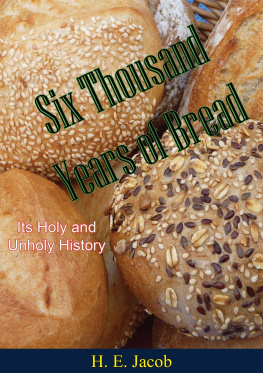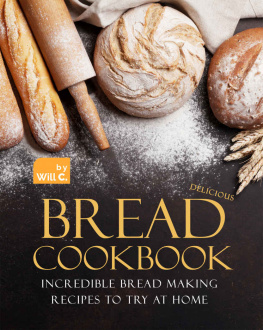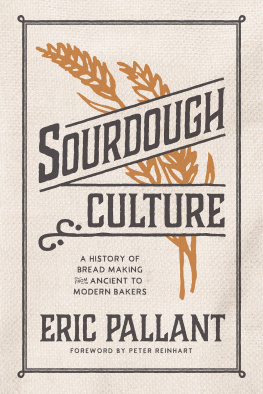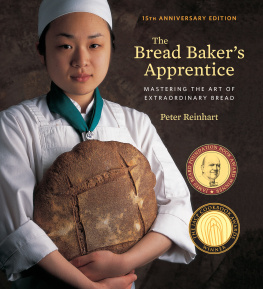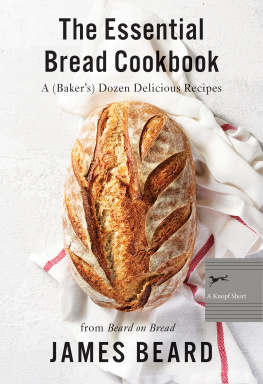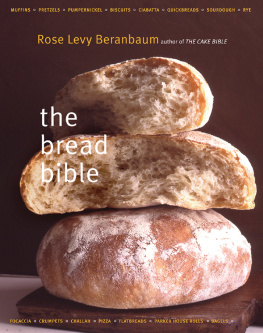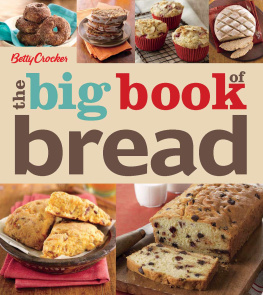

This edition is published by PICKLE PARTNERS PUBLISHINGwww.pp-publishing.com
To join our mailing list for new titles or for issues with our bookspicklepublishing@gmail.com
Or on Facebook
Text originally published in 1944 under the same title.
Pickle Partners Publishing 2016, all rights reserved. No part of this publication may be reproduced, stored in a retrieval system or transmitted by any means, electrical, mechanical or otherwise without the written permission of the copyright holder.
Publishers Note
Although in most cases we have retained the Authors original spelling and grammar to authentically reproduce the work of the Author and the original intent of such material, some additional notes and clarifications have been added for the modern readers benefit.
We have also made every effort to include all maps and illustrations of the original edition the limitations of formatting do not allow of including larger maps, we will upload as many of these maps as possible.
SIX THOUSAND YEARS OF BREAD:
ITS HOLY AND UNHOLY HISTORY
BY
H. E. JACOB
TRANSLATED BY RICHARD AND CLARA WINSTON
TABLE OF CONTENTS
Contents
DEDICATION
To
Dora
My Beloved Wife
H. E. J.
LINE-CUT ILLUSTRATIONS
Egyptian Emmer Wheat
Egyptian Plowing
Egyptian Harvesting
The Bakery of King Ramses
Jews Preparing Matzoth
Demeter Installs Triptolemos on His Winged Chariot
The Hand MillToday as 6,000 Years Ago
Ceres Enthroned
The Miracle of the Loaves
Plowing on an English Manor
Mediaeval Weeding
The Tale from the Baker and the Devil
Mediaeval Harvesting
Alleged Host Crime and Martyrdom of the Jews at Passau
Tying Up Sheaves
Carting Corn
First Drawing of the Potato Plant (A.D. 1580)
Irish Famine and British Relief in 1847
Hand Milling on the Hebrides
Corn Pounding in Colonial Days
English Army Bakery (1852)
Obed Hussey on His Reaper
Prussian Army Bakery (1866)
World Distribution of Wheat
The Contents of a Grain of Wheat
The Segments of the Wheat Kernel
Different Kinds of Wheat
The Baking-Powder Trust Explodes
Hoovers Hunger Map of Europe (December 1918)
PROLOGUE
I REMEMBER IT as though it were yesterday.
I was four or five years old and lived in a large citythe same city in which I was born.
I sat upon a tall chair, all alone, in my uncles office. My uncle was a grain trader. But I did not know what that was.
I believe my parents had business elsewhere and had left me here, planning to come back for me later. I sat alone, and finally I slid down from the chair because I wanted to touch the yellow stuff that lay everywhere on the floor. The whole floor was heaped with this dry, crackling stuff.
It was not pleasant to hold it in my hand. In fact, it frightened me. Stalks which had looked smooth as silk felt sharp and raw. Their dry brittleness bit into my palm, and their smell was sharp. They had long, soft hairs growing from hard little heads.
It seemed to me I had often seen this on the street. Wasnt it the same stuff that spilled out of the feed bags of horses when they ate? I was afraid of horsesso I began to cry.
My uncle came back into the room carrying a box. He wondered why I was crying.
Why are you crying, silly? Dont you know what that is?
He held it against my cheek. It tickled. I pulled my head away.
Its grass, I stammered.
Grain samples, thats what it is, my uncle said. Theres no reason to cry about it.
I asked, What are grain samples?
My uncle smiled. When you go home youll find it on the supper table. Look at it closely. Then youll see that you like it....
When I arrived home, very tired, there was nothing yellow on the table. My father, a tall, slim man, bent over and cut the bread. The crust of the bread was as brown and glossy as my fathers sideburns, and inside the bread was as white as my fathers quiet face. In the light of the lamp the bread seemed even quieter and more peaceful. Safety and a sleep-inducing stillness and loveliness emanated from the white bread and from my fathers hands.
I forgot what I was supposed to ask him. It seemed folly to me to imagine that the strange yellow stuff had any connection with my familiar bread on the table. No, it did not even seem folly. I had forgotten the other thing completely; the bread was just thereit could not be any different.
Years later, in 1920, I recounted this childhood experience to the great botanist, Georg Schweinfurth. He laughed briefly.
You were wiser than your uncle, he said; and right on every count.
I can still see him vividly, this man of almost ninety, who was Livingstones contemporary. The travels of his youth and middle age had illuminated much of the Dark Continent. From the heart of Africa he had brought exciting word of pigmy tribes and long-sought plants. His hair was white but his carriage still erect.
It is legitimate to fear a stalk of grain. Even though one does not know its history, one knows that it is indeed a hero with its plume, a miracle of statics with its stone armor of petrified silicic acid. That is why grain crackles when the wind plays among the stalks. The wild Germans and Slavs were terrified by it when they entered the Roman Empire and heard this sound for the first time.
How remarkable! I exclaimed.
He made a gesture that seemed to say, That is not the half of it.
It was the most natural thing in the world, your not being able to identify the grain and bread. How unlikely it seems. It took man ten thousand years before he learned to make bread out of the grains he had roasted or eaten as a porridge.
Who invented bread?
We do not know. But it was undoubtedly an individual of that unique nation which combined the peasants patience with the curiosity of the chemist. Undoubtedly an Egyptian.
Then since the times of the Egyptians bread has always had its place on our table?
Not at all; much too rarely, he replied hesitantly. Often the farmer could not plant grain because his tools were taken away or he was too oppressed by taxes. It is a piteous tale. But there are also happier tales about bread. The most wonderful story I know is, perhaps, that this bread, thousands of years old though it is, is not yet finished in the baking. Botanist, farmer, miller, and baker are still experimenting with it. The entire story of bread goes very deepits social and technical, religious, political, and scientific story.
Religious also? I wondered.
Certainly, bread has played a tremendous part in the life of religions. Most of the great cultural faiths strove first to become and then to remain religions of bread....
Why dont you write the story? I exclaimed. The history of bread for ten thousand years.
His expression became very wise and very old. His tone changed suddenly to that of the great scholar or the retiring statesman: Why dont you try to write it? All there is to do is to examine everything in human history from chemistry and agriculture to theology, from economic history to politics and law. Take notes for twenty years, and then you may begin writing!
I can so easily call to mind his smile. It was kindbut not without irony.
Why should I take up such a burden? I thought to myself. Who would ever finish gathering so much material? But then I did take up the burden. And I gatheredwithout finishing.
Next page
